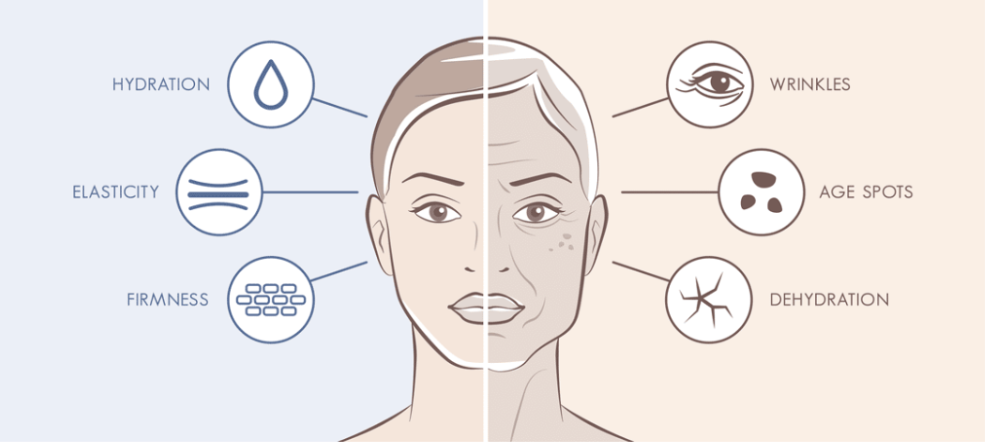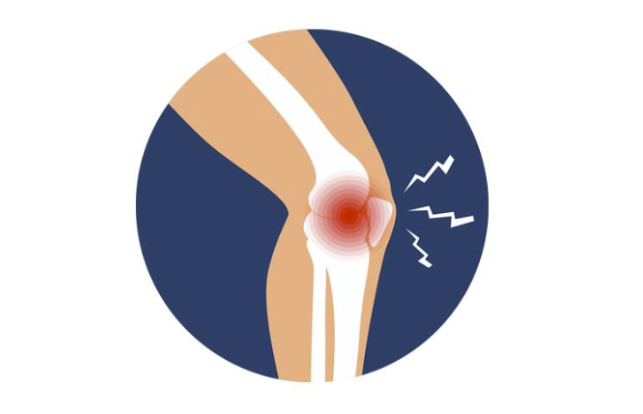Hyaluronic acid (HLA) is a naturally occurring gel-like substance that the body produces.
It is abundantly present in the skin, joints, and eyes, where its exceptional ability to attract and retain water plays a crucial role in maintaining tissue hydration and lubrication.
“HA can be considered as a lubricant, joint structural stabilizer, water balance regulator and cell migration guide under these properties.” (1)
As you age, the body’s production of HLA declines, which can lead to dry skin and joint discomfort.
Key Points
- HLA improve signs of skin aging in two clinical trials
- A meta analysis of four studies showed HLA improves skin hydration
- Chronic pain and use of pain medication was reduced in a clinical trial with HLA
- HLA protected bones and joints of athletes
Skin Hydration and Appearance

One of the most significant changes seen in aging skin is the loss of HLA. (here)
This reduction in HLA is noticeable through clinical signs, such as decreased skin moisture retention and the emergence of wrinkles.
A clinical trial in Asian men and women (aged 35–64 years) showed that 12 weeks of HLA supplementation improved skin hydration, elasticity, and thickness.
Participants in a clinical trial, exhibiting mild-to-moderate signs of skin aging, demonstrated noticeable improvements in several skin parameters following 28 days of HLA supplementation:
- Increased skin hydration (+10.6%)
- Decreased wrinkle depth (-18.8%) and volume (-17.6%)
- Increased elasticity and firmness (+5.1%)
A meta-analysis of four studies on HLA confirmed its benefits for improving skin hydration.
Joint Function and Pain

A comprehensive review of clinical trials assessing the impact of HLA on knee pain revealed its efficacy in alleviating symptoms, reducing inflammation, and enhancing knee muscle strength.
In a 4-week clinical trial with 78 participants with chronic pain conditions, HLA supplementation led to significant pain reduction within 2 weeks, as well as decreased pain medication usage, enhanced sleep quality, and increased physical energy.
A 12-week study on athletes found that supplementation with HLA-rich extract reduced markers of cartilage degradation and bone resorption.
“These observations indicate that the test product is effective in inhibiting, not only cartilage degradation, but also bone remodeling.” (2)
Bioavailability
The bioavailability of HLA, representing the proportion of the compound that enters circulation after absorption, is notably low. Animal studies indicate a bioavailability of less than 1%. (3)
Scientists have developed delivery systems to improve the efficient delivery of HLA, aiming to enhance its absorption and effectiveness in biological systems. (4, 5)
